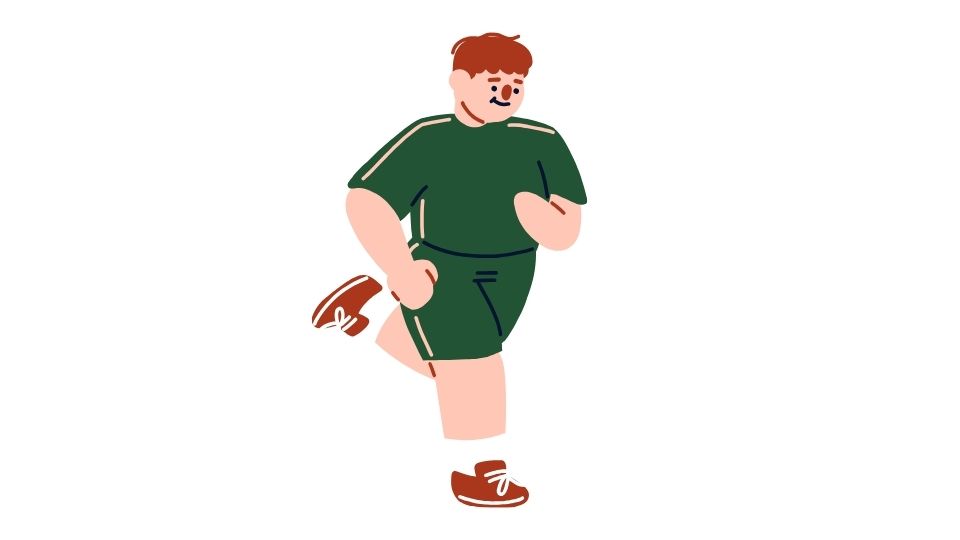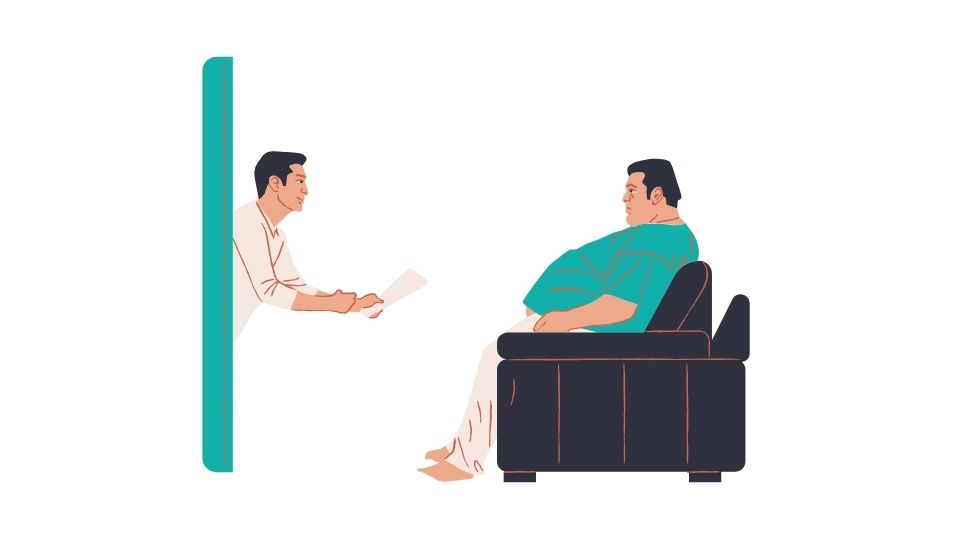Looking for the best app to track your whole food diet?
I’ve spent way too much time logging my meals into different tracking apps so you don’t have to. And guess what? Most of them kind of suck.
But some suck less than others, and a few are actually pretty good.
If you’re trying to stick to a whole food diet (you know, the stuff that doesn’t come in a box with 47 ingredients), you need an app that doesn’t just count calories but actually recognizes that there’s a difference between 200 calories of broccoli and 200 calories of Cheetos.
Let’s dive into the best apps for tracking your whole food lifestyle – without making you want to throw your phone across the room.

The Top Apps for Tracking Whole Food Diets
1. MealByMeal: Text Your Meals Like a Normal Human Being

Ever wish you could just text someone “I had eggs and avocado toast” instead of scrolling through 17 different versions of eggs in an app? Well, that’s exactly what MealByMeal does.
You literally just text your meals to the app, and it tracks your calories and macros automatically. No scrolling through endless food databases. No barcode scanning. No B.S.
It’s perfect for those of us who want to track our whole food diet without spending half our lives in a food logging app. If the friction of opening an app and searching for every ingredient is what’s stopping you from consistently tracking, this might be your solution.
Is it as detailed as some other apps? No. But consistency beats perfection every time when it comes to tracking.
2. Cronometer: For the Nutrition Data Nerds
If you’re the type who wants to know exactly how many milligrams of riboflavin you’re getting in your lunch, Cronometer is your new best friend.
This app is a micronutrient tracking beast. It shows you over 80 nutrients for each food you log, and their database is carefully verified to minimize errors.
What makes Cronometer stand out for whole food dieters is that it actually helps you see the nutritional benefits of eating real food. When you log that apple or sweet potato, you can see all the vitamins and minerals you’re getting – not just calories and macros.
The free version is surprisingly robust, and even tracks your fasting if you’re into that sort of thing.
3. MyFitnessPal: The OG That Still Delivers
MyFitnessPal is like the Toyota Camry of food tracking apps – it’s not the sexiest option, but it reliably gets the job done.
What makes it great for whole food tracking is its massive food database that includes pretty much every whole food on the planet. Plus, you can scan barcodes for those occasional packaged foods that might sneak into your diet.
The interface is easy to use, and it syncs with basically every fitness device and app out there.
The downside? The free version bombards you with ads, and they’ve moved many of the best features behind a paywall. Also, since users can add foods to the database, sometimes the nutrition info can be inaccurate.
4. Eat This Much: For People Who Hate Meal Planning
If the thought of figuring out what whole foods to eat every day makes your brain hurt, Eat This Much might be your savior.
This app automatically generates meal plans based on your calorie and macro targets. You tell it what foods you like (and don’t like), and it creates a whole food meal plan complete with recipes and grocery lists.
The meal variety is actually pretty good, which helps prevent that “if I have to eat another plain chicken breast I might scream” feeling that often comes with whole food diets.
5. LoseIt!: Simple Tracking with Photo Recognition
LoseIt! has been around forever, but they’ve kept up with the times by adding some cool features like photo recognition technology that lets you snap pictures of your meals to log them.
This can be super helpful for whole food dieters because it’s often faster to take a picture of your homemade salad than to log each ingredient individually.
The calorie and macro tracking is straightforward, and the interface is clean and easy to navigate. The free version works well for basic tracking, but premium offers more detailed insights.
6. WeightWatchers (WW): Not Just for Your Mom Anymore
WeightWatchers has come a long way from the days of in-person weigh-ins and paper tracking. Their app now uses a points system that actually encourages eating whole foods (most fruits and veggies are zero points).
Their newer AI features can analyze food photos to estimate points, making tracking less tedious. Plus, they offer coaching and a supportive community, which can be helpful when you’re trying to stick to a whole food diet in a processed food world.
The downside? It requires a paid subscription, so it’s definitely an investment. But if you need structure and accountability, it might be worth it.
7. Yazio: For International Whole Food Tracking
If you eat foods from diverse cuisines (because let’s face it, whole foods exist in every culture), Yazio does a good job of including international foods in its database.
It supports over 20 languages and has solid calorie and macro tracking. It also includes fasting timers and syncs with fitness wearables.
The interface is pretty intuitive, making it accessible for beginners while still offering enough detail for experienced trackers.
Why Bother With a Specialized Whole Food Tracking App?

Not all food tracking apps are created equal when it comes to whole food diets. Many focus just on calories or basic macros without giving you insight into the actual nutritional quality of your food.
When you’re eating primarily whole foods, you want an app that can show you:
- Micronutrient content – so you can see all those vitamins and minerals you’re getting
- Easy logging of homemade meals – because whole food dieters cook a lot
- Minimal processed food focus – apps that don’t push branded, packaged foods
The best apps for whole food tracking give you these insights without making the process so complicated that you give up after three days.
How I Track My Whole Foods (Without Going Insane)

After trying basically every tracking app out there, I’ve landed on a hybrid approach that works for me:
- I use MealByMeal for daily tracking because the text-based logging is so damn convenient
- I occasionally check in with Cronometer when I want to do a more detailed nutrient analysis
- I use Eat This Much when I’m in a food rut and need meal inspiration
Remember, the best tracking app is the one you’ll actually use consistently. If it’s too complicated or time-consuming, you’ll abandon it faster than that fancy juicer you bought in 2019.
For what it’s worth, most people I know who successfully stick with a whole food diet long-term find that simpler tracking methods work better than super detailed ones.
The mental energy saved from not meticulously logging every gram of food can be better spent on, you know, actually enjoying your life.
So pick an app that fits your personality and goals, not just the one with the most features. Your sanity (and your relationship with food) will thank you.
Bottom Line: Choose What Works For YOU

If you want detailed nutrient breakdowns, Cronometer is your best bet.
If you want simple text-based tracking, check out MealByMeal.
If you need meal planning help, Eat This Much has your back.
And if you want the tried-and-true option with the biggest food database, MyFitnessPal still delivers.
Just remember that perfect tracking doesn’t exist. Even the best apps are estimations, and consistency beats precision every time.
Now stop reading about food tracking apps and go eat some real food. Maybe even track it if you’re feeling ambitious.




Leave a Reply